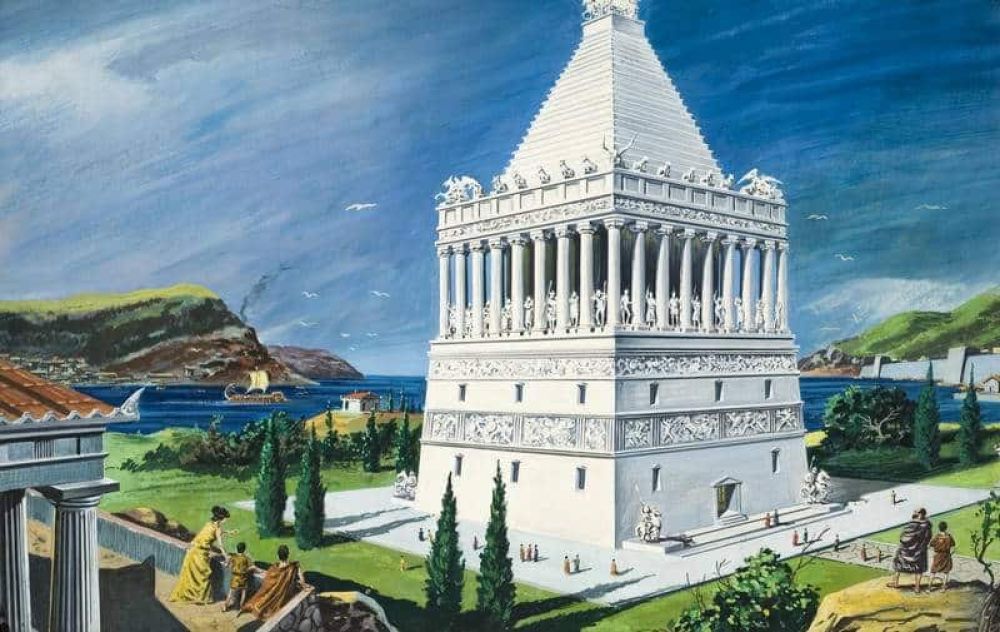

Located in the charming city of Bodrum on the southwestern coast of Turkey, the Mausoleum at Halicarnassus is one of the ancient world's most fascinating historical sites. It has captivated visitors for centuries and remains a testament to the grandeur of ancient civilizations and the enduring allure of historical tourism.
The Mausoleum at Halicarnassus is one of the Seven Wonders of the Ancient World, constructed in the 4th century BC for Mausolus, the Persian satrap of Caria, and his sister-wife Artemisia II. After his death, Artemis II desired a monument that would reflect their immense power and wealth, resulting in the creation of this impressive tomb.
The structure was designed by the famous architects, Satyros and Pythius of Priene, and stood approximately 45 meters (148 feet) high. Adorned with elaborate carvations and sculptures crafted by the most skilled artists of the period, including Scopas of Paros, the monument was a marvel of its day.
The Mausoleum at Halicarnassus has been a magnet for travelers and history enthusiasts since ancient times, with its reputation already well-established by the Middle Ages. With the onset of modern archaeology in the 19th century, the site attracted even greater attention. It was partially excavated in 1857 by the British archaeologist Charles Thomas Newton, whose discoveries fueled international interest and a form of early cultural tourism.
In contemporary times, the site itself now offers visitors a glimpse into the past, though much of the mausoleum was destroyed by earthquakes during the Middle Ages. Few remnants of the original structure remain on-site, with many of the unearthed sculptures and relics housed in the British Museum in London. Nevertheless, the historical significance and the serene beauty of the location continue to draw a steady stream of visitors each year.
Tourism related to the Mausoleum at Halicarnassus and the surrounding historical areas of Bodrum has played a significant role in the local economy. It has led to the development of hospitality businesses, local handcrafts, and cultural experiences that cater to those seeking to explore Turkey's rich history.
In recent years, there has been a growing trend towards sustainable tourism practices and digital engagement. Guests are increasingly looking for immersive and meaningful experiences that respect the local culture and environment.
Virtual tours and augmented reality are becoming an integral part of the tourism offering, allowing visitors to visualize the Mausoleum as it once stood. Furthermore, travel apps and social media play a significant role in promoting historical sites, with the hashtag #VisitBodrum often trending among travelers sharing their experiences.
The allure of combining a beach holiday with cultural excursions has positioned Bodrum, and by extension, the Mausoleum at Halicarnassus, as a prime destination for those seeking both relaxation and education. With efforts focused on conservation and sustainable tourism, the legacy of this wonder of the ancient world is set to continue inspiring generations to come.
For those planning a visit to the Mausoleum at Halicarnassus, the site is open to the public and offers a unique opportunity to step back in time. Visitors can explore the ancient ruins, visit the nearby Museum of Underwater Archaeology in Bodrum Castle, and experience the continuing story of one of history's most fascinating monuments.